While writing the Cooking with Cannabis course and experimenting with different extraction methods, I came across the company Culinary Solvent while searching for 200 proof ethanol alcohol. If you’ve taken the cooking class, this bottle may look familiar.
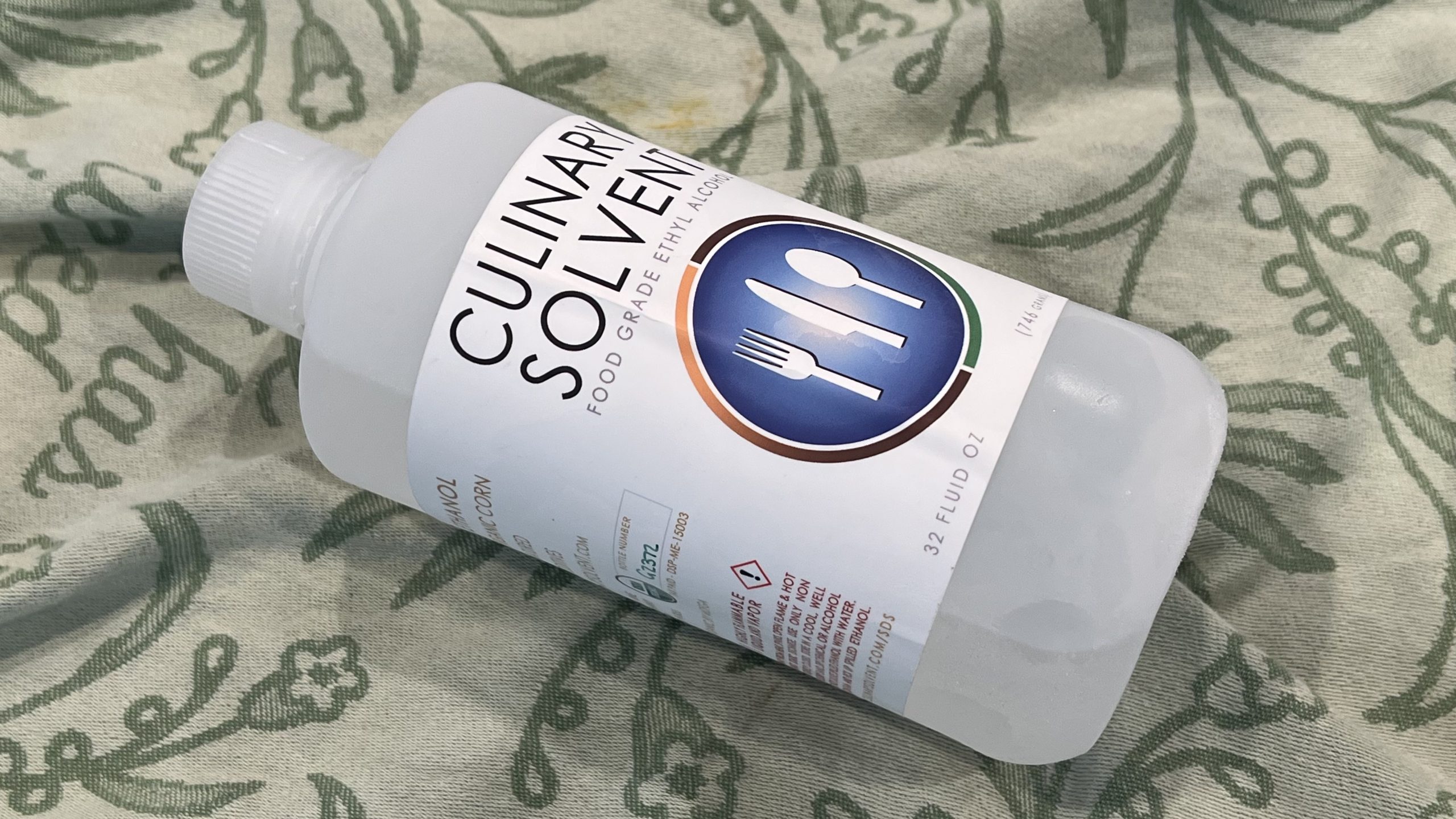
Once I went through a few bottles of Culinary Solvent, I reached out to the company and connected with the owner, Scott Galbiati. Scott started his career in distillation by formulating an award-winning line of vodka. After a successful vodka career, Scott shifted gears and focused on high-proof ethanol alcohol, made with the same proprietary process as vodka.
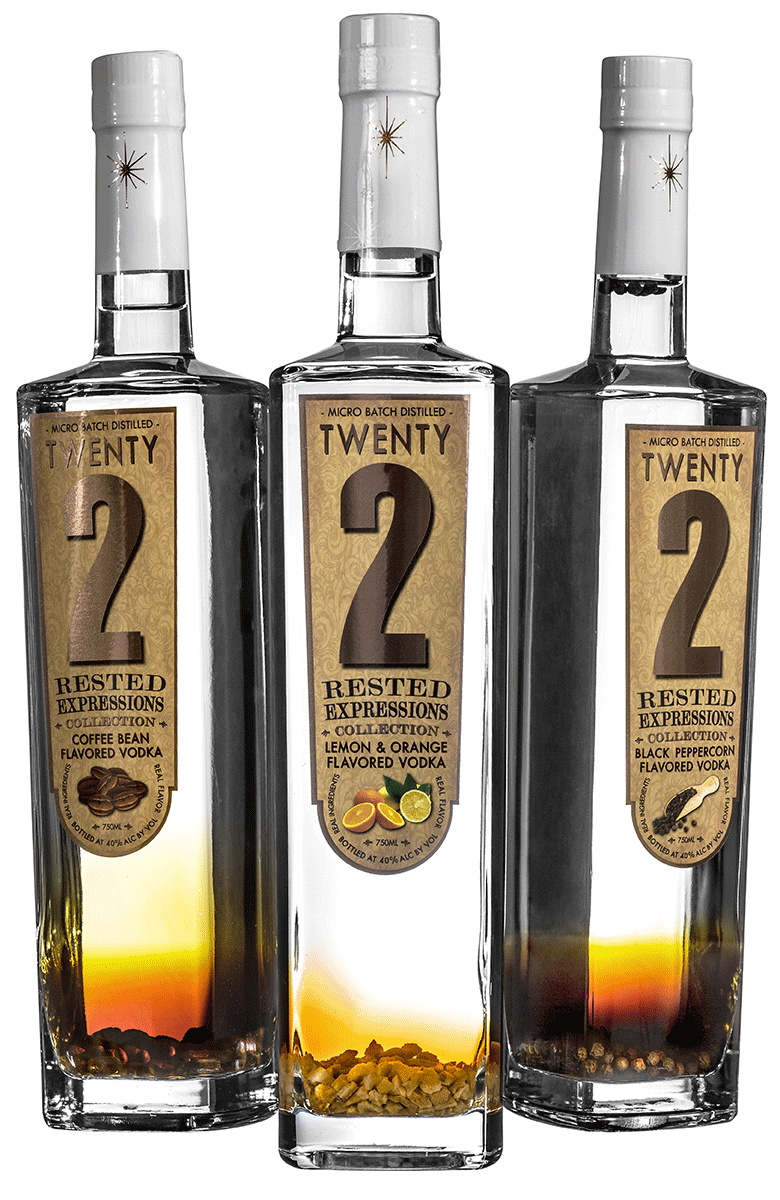
Scott goes by the name Mr. Tincture on IG and was kind enough to share his tincture process with me to share with all of you!
Here are two ways to make an ethanol extraction from home. The first is for a pure and potent cannabis tincture, and the second is for making a concentrate.
Cannabis Tincture:
1. FLOWER QUALITY
Whenever you’re making an extraction for edibles or a tincture, you don’t need to worry about getting the highest quality flower from the dispensary. Some of the qualities that make flower excellent for smoking or vaporizing are mostly lost during decarboxylation. When you decarb flower, many terpenes are lost due to the heat, even at lower temperatures around 200°F, which is why the decarbed flower smells nothing like it did before.
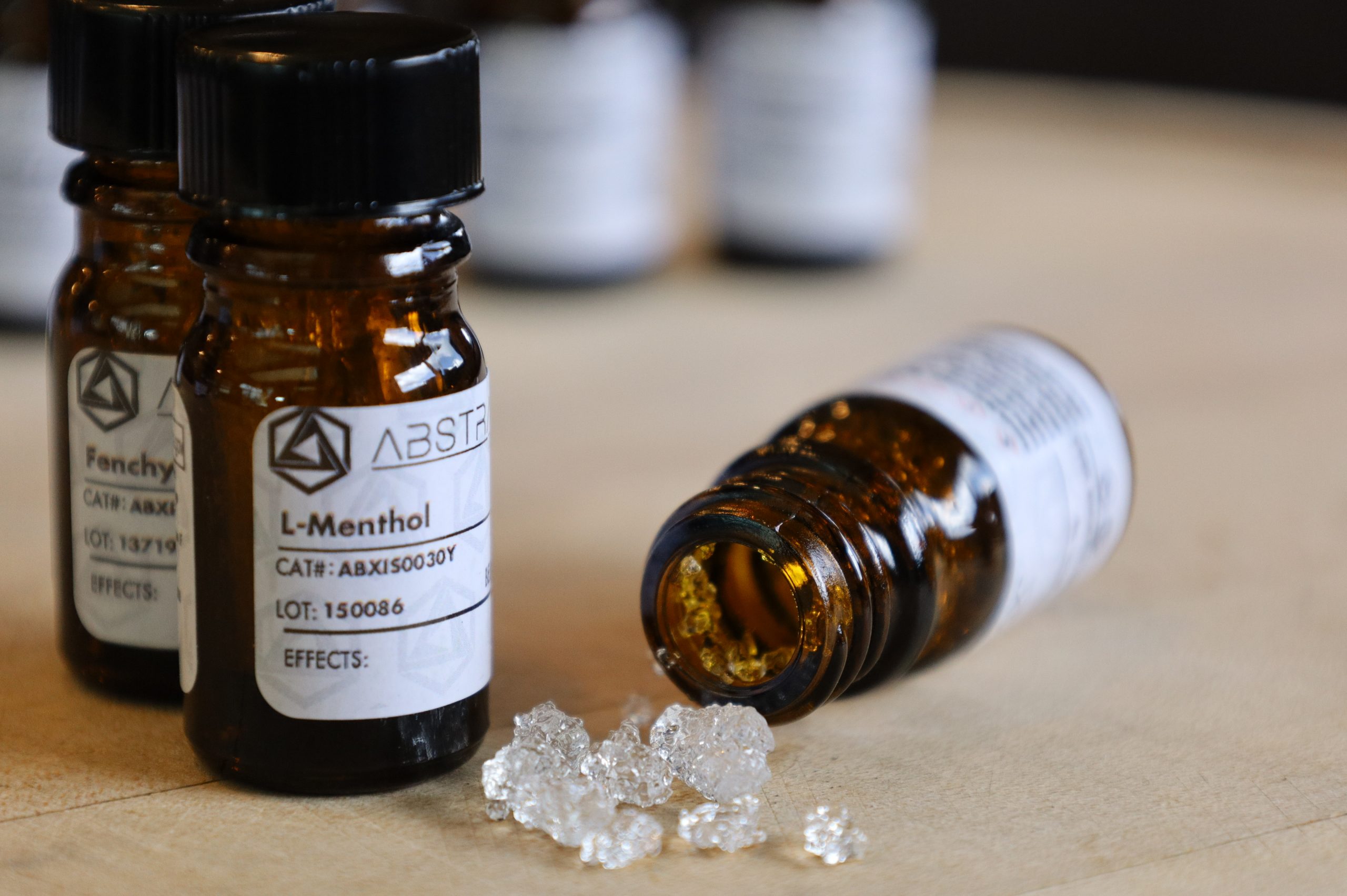
Considering terpenes don’t affect us in an edible, as they do when inhaled, maintaining terpenes for an infusion shouldn’t be a concern. Instead, focus your attention on getting the most cannabinoid-rich flower. When it comes to inhalation, we at Trichome will always say that flower with an average THC percentage with a high terpene profile is better than any super high THC flower that lacks the room in the trichomes to produce a lot of terpenes. However, everything changes when we’re talking about edibles.
So, get flower with a high THC or CBD percentage. If you want a specific terpene profile in your tincture, then add some isolates or a particular profile at the very end. Remember, there is no “Indica” or “Sativa” edible high from terpenes.
2. DECARBOXYLATION
Preheat a convection oven to 270°F. Lightly break up the flower with your fingers, place it into a tea leaf infuser, and decarb for 30 minutes. Transfer the flower into a ball jar and ensure you’re working with enough flower to fill the jar. Regardless of its size, you want the jar filled to the brim, allowing you to get the most out of the process and not waste any ethanol. Although there isn’t a particular ratio of flower to ethanol, Scott has found that one ounce of flower generally takes about 16 ounces of ethanol.
3. FREEZE EVERYTHING
To have a very clean ethanol extraction, you need to freeze everything used. Clear a space in your freezer to make enough room for the ethanol, cannabis flower, ball jar and lid, utensils, and anything else you decide to add to the process. Keep everything in the freezer for at least four hours before starting the extraction process.
As Murphy explains in Extraction & Concentrates, the colder the ethanol, the less chlorophyll and other plant pigments will end up in your tincture. In an industrial setting, ethanol is kept between -30°c to -50°c while maintaining a liquid state. The super cold temperature allows the alcohol to focus on what matters most: dissolving resin from the trichomes. Although you’re not going to achieve temperatures as low as an extraction lab, freezing temperatures will still ensure a better final product than working at room temperature.
As much as freezing everything before making your tincture is essential, keeping everything frozen during the entire process is even more crucial. If the ethanol, flower, and equipment warm up during the process, you’re defeating the purpose of freezing everything in the first place. Scott even recommends removing the thermostat regulator from the freezer if this is a process you will perform often and you have a spare freezer.
4. EXTRACTION
While keeping everything in the freezer, quickly open the door and pour the ethanol into the ball jar so it just covers the flower. With a spoon or stirring rod, gently stir the mixture for thirty seconds to a minute. Scott explained that ethanol extraction dissolves the plant resin from the trichomes; it’s not mechanically separating the trichomes by agitation like for bubble hash. Hence, there is no need to shake the jar aggressively. A gentle stir throughout your desired extraction time is all that’s needed.
Scott shared many industry perspectives on what determines a “quick” or “long” ethanol wash but has had success with as little time as thirty seconds. The longest wash he recommends is twenty minutes. After twenty minutes, the ethanol penetrates the cell walls of the trim leaves and bracts, allowing anything and everything to be dissolved into the ethanol. Since the trichomes are on the exterior of the plant material, it’s not necessary to soak the flower for a long time. There will be no increase in potency beyond the twenty-minute mark either. Based on Scott’s experiments, he defines a quick wash as thirty seconds to three minutes and a long wash as ten minutes. Experiment with different times to see which works best. If you’re curious if you dissolved enough of the trichomes, you can take the extracted plant material and evaluate it with a magnifier. You’ve got more work to do if you see a bunch of intact capitate-stalked trichome heads!
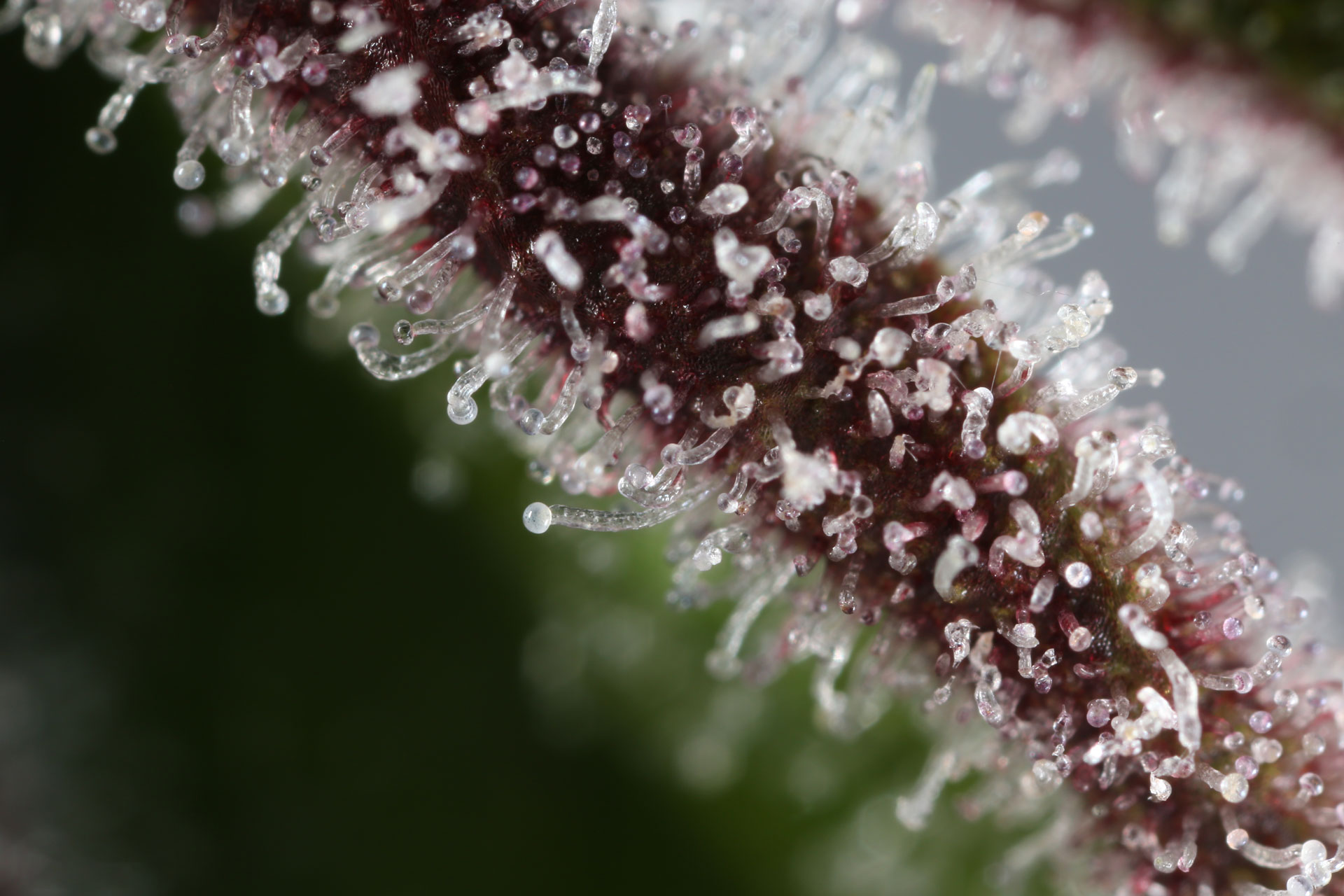
If you’re going to do a longer wash, I recommend stirring the mixture for thirty seconds, then close the freezer and wait for a minute before stirring again, and repeat. If you keep the freezer open the entire time, even if only two to three minutes, the ethanol may warm up a few degrees, affecting the tincture’s purity.
Once the flower is washed, strain the ethanol through a nylon mesh bag or a filter press. It’s okay to gently squeeze the flower to remove as much ethanol as possible, but keep in mind that the more you squeeze, the more plant matter and pigment you’ll find in the tincture.
5. STORAGE
Store the tincture in a cool environment in a dark glass container, preferably in the refrigerator. Use within 90 days to prevent the loss of cannabinoids.
Ethanol Extracted Concentrate:
1. FLOWER QUALITY
When making an ethanol extracted concentrate, there are two directions you can go depending on what your goal is for the final product. If you’re looking to create a concentrate to mix into the oil, butter, ghee, or any infusion base for recipes, follow the flower quality guide previously mentioned and decarb the flower before mixing it with the alcohol. However, if you’re looking to make a concentrate for a vape pen or to dab, then use flower that’s mid to top shelf and consider the pungency of the terpene profile. I recommend working with two or three ounces of flower for this process to make sense.
2. EXTRACTION
Follow the same steps as above.
3. SOLVENT EVAPORATION
Ethanol alcohol that is 190-200 proof can evaporate at cool and room temperatures, but when a touch of heat is applied, it will evaporate much faster. Whatever way you decide to evaporate ethanol alcohol, please DO NOT use or be near an open flame as it’s incredibly flammable.

In a well-ventilated room, outside, or under a kitchen hood, pour the tincture into a high-temperature safe beaker and place it on a hot plate at low to medium heat. Place a thermometer into the tincture and adjust the temperature until it reaches approximately 150-200°F. Gently stir the tincture from time to time and adjust the heat as needed to maintain the temperature. The alcohol will slowly evaporate at this rate, but the time to completely disappear will be based on the amount used.
Once the alcohol appears to be completely evaporated, it’s time to decarb the concentrate.
Here is Scott’s preferred way to evaporate ethanol.
4. DECARBOXYLATION
Murphy Murri explains that the decarboxylation of THCA begins when the compound reaches 176°F. As the carboxyl group (the A in THCA) is essentially boiling off, you will notice bubbling in the concentrate. Use your thermometer probe to stir the concentrate as it’s bubbling, decarbing, and evaporating off the majority of any remaining ethanol. Depending on your hot plate, this may require constant adjustment. Just do your best to keep the temperature below 200°F.
Below is an excerpt from the Cooking with Cannabis course workbook from Murphy on decarbing concentrates.
Decarbing Concentrates by Murphy:
- Use an oven-safe beaker and thermometer, put them both on a scale, and tare.
- Add the concentrate to determine the exact weight.
- Use enough of a concentrate to submerge a digital or analog thermometer into the concentrate.
- Reference the lab test to determine the total amount of THCA.
- Preheat the concentrate to 40°C/104°F in an oven on a hot plate.
- Increase the temperature until the concentrate reaches 80°C/176°F to 100°C/212°F
- Decarb and regulate the temperature there until the bubbling of the concentrate begins to diminish. Continue until the weight is reduced by 12% of the total THCA from the lab test.
- Allow the beaker and product to cool, which will result in approximately an additional 2% loss.
- Add your desired amount of infusion base oil or alcohol, dissolve and dose accordingly.
5. STORAGE
Store the concentrate in an airtight container in the freezer.
How do I calculate my dose?
Without a lab test, it is impossible to know what your dose will be when working with any flower-based infusion or extraction. Why you ask?
- You never truly know the cannabinoid percentage of flower that’s not explicitly tested. Flowers on the same plant can vary in potency, let alone from plant to plant. Even though a lab test comes with your bud, it only truly represents the flower tested, not what’s in your hand.
- Decarboxylation efficiency is also impossible to know without a lab test. Although the processes we recommend for decarbing flower and extracts are based on data and experience, they may not be 100% effective all the time. The genetics of the flower, heating environment, thermometer, decarb vessel, and other factors can affect the efficiency of decarboxylation.
- Ethanol alcohol is pretty potent, but there is still no guarantee that 100% of the cannabinoids will be extracted.
Our friend Jeff the 420 Chef has a nifty calculator on his site that will act as a guide when determining the dose of an infusion. Although it’s not 100% accurate, it will at least give you an idea of what you could expect for your dose. I would recommend that any new consumer of edibles starts with half the amount of whatever the calculator spits out. So, if you end up with 10 mg per teaspoon from the calculator and that’s the dose you’re looking for, only start with half of that amount. Even if you don’t feel anything after 2-4 hours, do not take anymore until the next day. Then you can take the regular teaspoon and see how it makes you feel. Anyone new to cannabis needs to take it slow with any edible, especially with homemade infusions.
Check out Scott’s Instagram and the Culinary Solvent website if you’re looking for more tincture ideas and want to get your hands on some quality 200-proof ethanol alcohol. Keep in mind that not all states allow the sale or possession of high-proof alcohol. About half the country allows it, while the other half requires a special license. Please follow your state or country’s laws on purchasing or consuming alcohol.
Save 10% off at Culinary Solvents with promo code TRICHOME
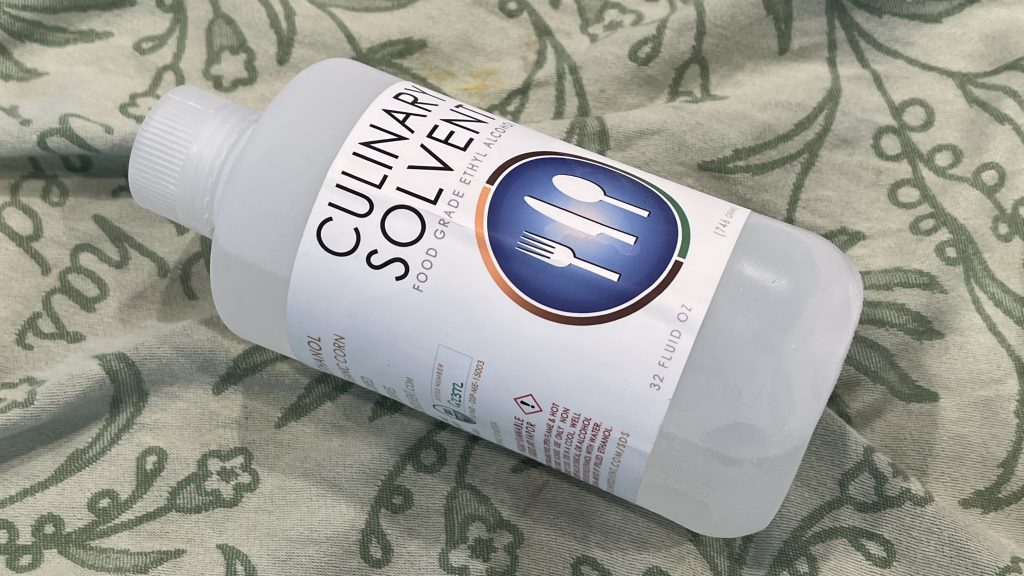
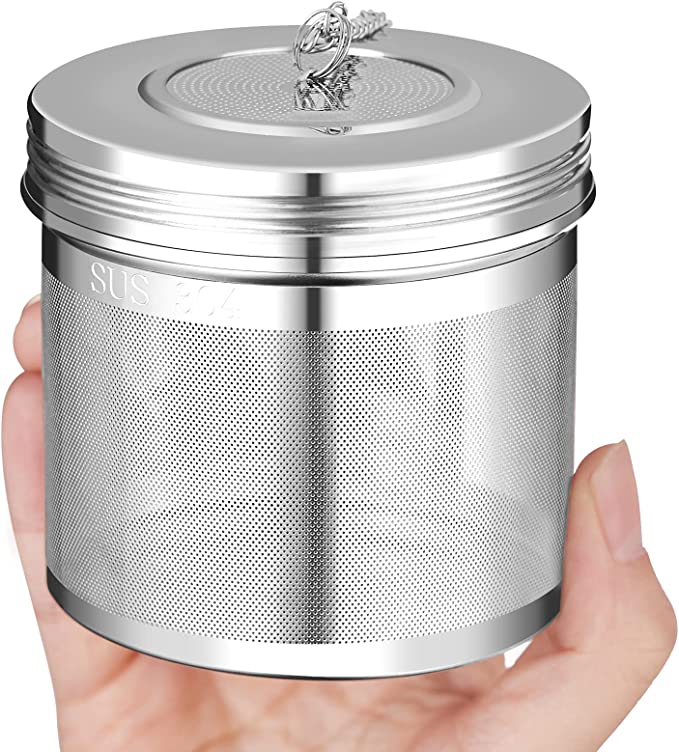
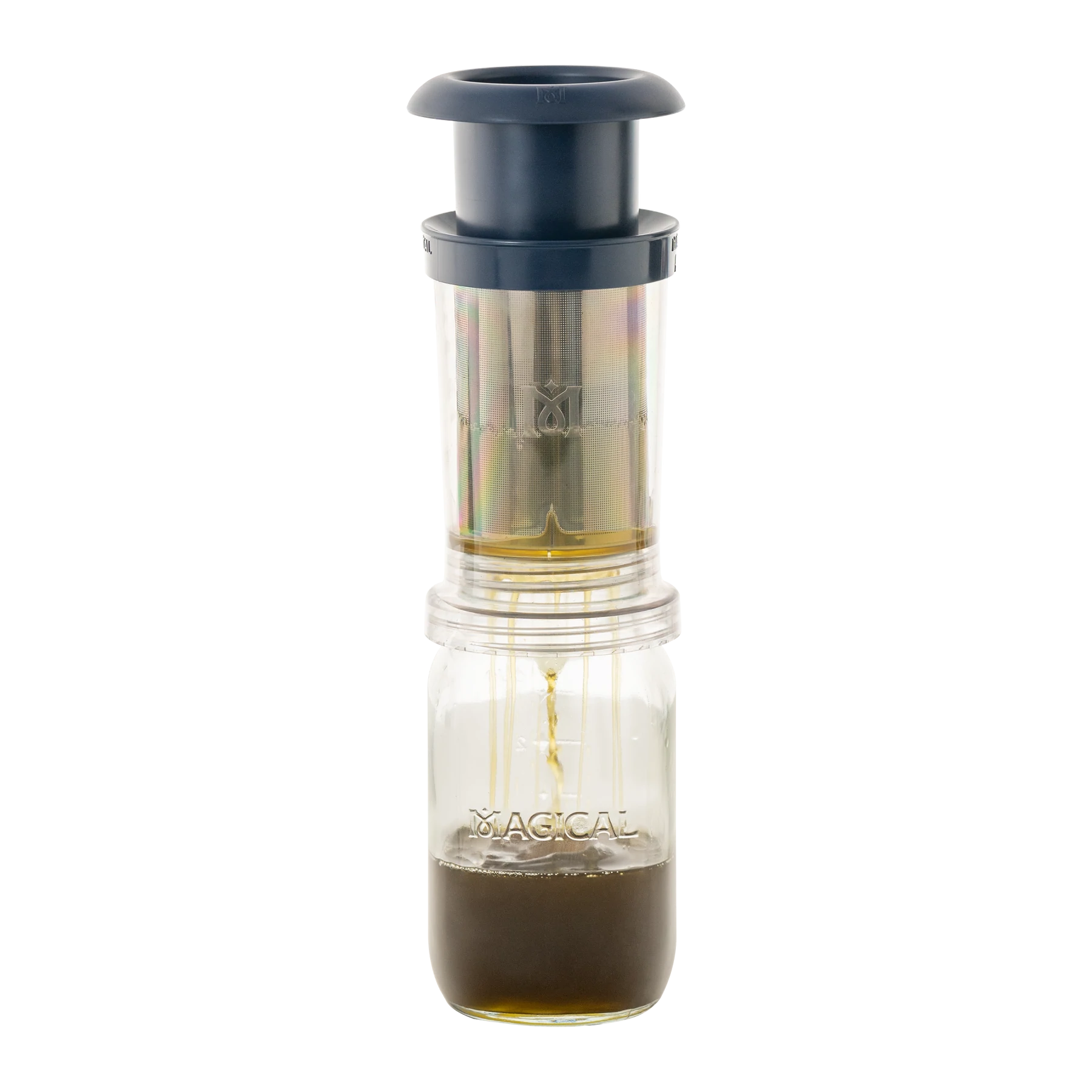

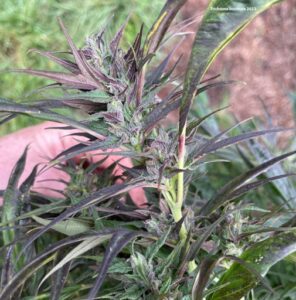

2 thoughts on “DIY Ethanol Alcohol Extraction”
I would like to see the sources cited for the claims that terpenes don’t matter in edibles. That is not supported by my experience nor by the research by Doctors Ethan Russo and Jessica Knox. This quote is from a recent article Are terpenes the future of edibles? Dr. Ethan Russo and Dr. Jessica Knox present their case
By Felisa Rogers
“Do terpenes in edibles even work?
With strong science to support the therapeutic benefits of terpenes, you’d think terpene-centric edibles would be a no brainer. But two factors stand in the way. For one, terpenes are delicate and can be destroyed during curing and during the extraction process. This means interested manufacturers need to choose a terpene-friendly extraction process or add terpenoids later, which typically means sourcing from other botanical sources, like lavender and lemons.
This can seem like a lot of work when we consider that edibles are not the most efficient terpenoid delivery device–rapid metabolism in the liver means that the effect of terpenoids isn’t going to be as dramatic as it would if you were smoking or vaping. “Just as with cannabinoids, terpenes are less bioavailable,” said Dr Knox. But both Russo and Knox agreed that terpenes are still important, particularly to consumers who are using edibles for pain relief or other therapeutic purposes.”
There is so much that we don’t know about the mechanisms of cannabis that making the assertion that a component of the plant like terpenes have no effect in edibles has no scientific backing and counter to anecdotal and clinical evidence.
Fantastic response and questions!
I say terpenes don’t matter in edibles because of similar reasons Russo mentioned. Many terpenes are destroyed by drying, curing, and the extraction process, but they are also destroyed by decarb, the GI, and liver. The terpenes that do survive the whole process are metabolized into other derivatives. Just like THCA becomes THC, which is then partially metabolized into 11-hydroxy and then 11-nor-9-carboxy, similar things happen to terpenes. When compounds change shape, they change their efficacy.
When making an edible, cannabinoids should be the primary focus. Get the most out of the compounds we know work, and are less volatile than terpenes. If you want to add terpenes back into a final infusion, go for it. They will definitely affect the flavor and aroma, but not necessarily the “effect”.
The biggest thing is that the terpene profile from a sedative or stimulating flower, won’t have the same effect as an edible. When you smoke or vape something that makes you sleepy, that effect goes out the door once it’s ingested.
Is it possible for those terpenes to have any kind of physiological effect? Absolutely! However, the DOSE is ultimately what matters. Considering the majority of terpenes are destroyed or significantly changed during ingestion, and most edible infusions don’t have much of a terpene profile, to begin with, this is why I say they don’t matter.
Most of the studies done on terpenes and humans are through aroma therapy or injection. So, at this time, I have yet to find any studies with a placebo that prove a specific terpene (not essential oil) provokes a particular physiological effect when ingested with food. I don’t have the link but I remember coming across a small study (no placebo) on linalool I believe, in a capsule form, that had an interesting conclusion, but I recall the dose being significantly higher than any natural linalool profile you’d find in something like cilantro, lavender, or lime when ingested.
Considering the power of placebo, anecdotal experience always needs to be questioned. Not ignored, but questioned. The majority of terpene research, as I mentioned, is with aromatherapy or injection – lacking placebo / control – or is done on mice or in vitro. I’ve read countless articles that claim a terpene does one thing or another, only to find out the referenced study wasn’t even performed on living creatures. Then everyone shares the article and says that the terpene does ______ when eaten or smoked. This happens time after time after time in the cannabis industry, which plays a major role in the placebo effect. Yes, there is a lot of research on terpenes, but I don’t believe there is a lot of clinical research on the physiological effects of terpenes on humans when ingested with food.
So to wrap this up. Could terpenes matter in edibles? Possibly. However, I don’t know how many people could stomach the taste of an edible that has enough terpenes in it to really have any kind of profound effect. If you’re looking for terpenes to work wonders in your diet, I would recommend eating a lot of fresh herbs and using as much citrus zest as possible!
There have been many claims about cannabis that have been proven to be untrue as research advanced. There have also been many untrue claims about cannabis that were spread for decades during prohibition that have also been proven to be true! It’s a very interesting time and industry we are in. I look forward to evolving with the research. I’m 100% okay with being wrong because it provides an opportunity to grow and learn. If you have any studies to share on the digestion and effects of terpenes, I’d love to read them!
Read the blog below for an even more detailed overview on terpenes via ingestion, with references.
https://trichomeinstitute.com/blog/do-mangos-make-you-higher/